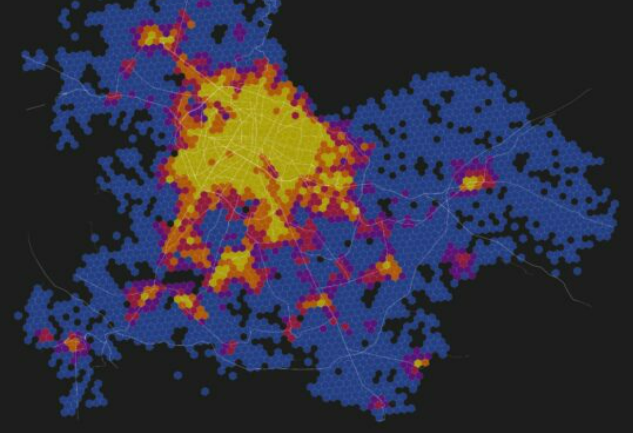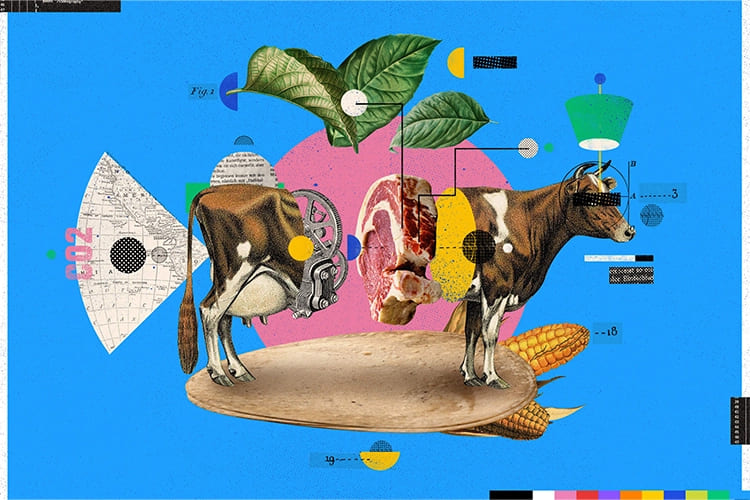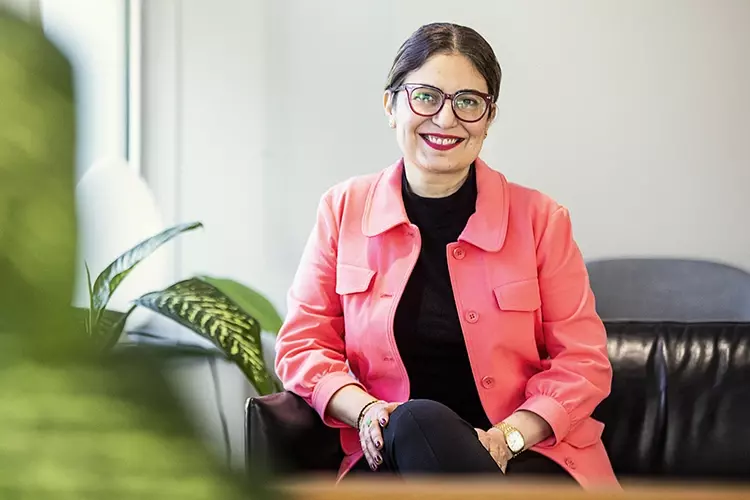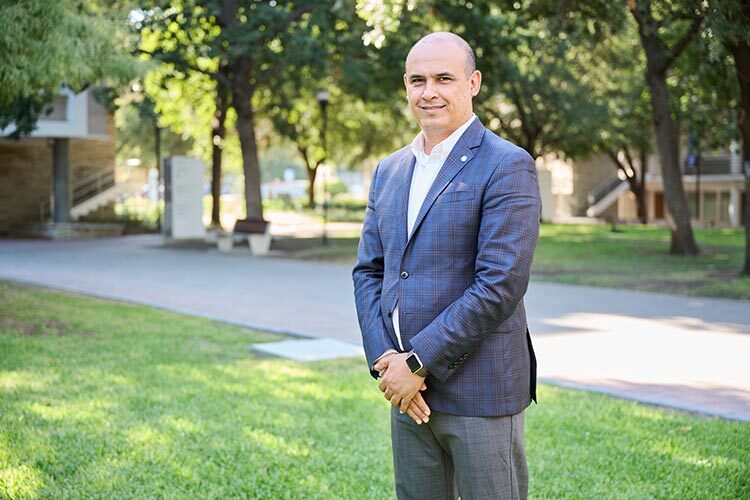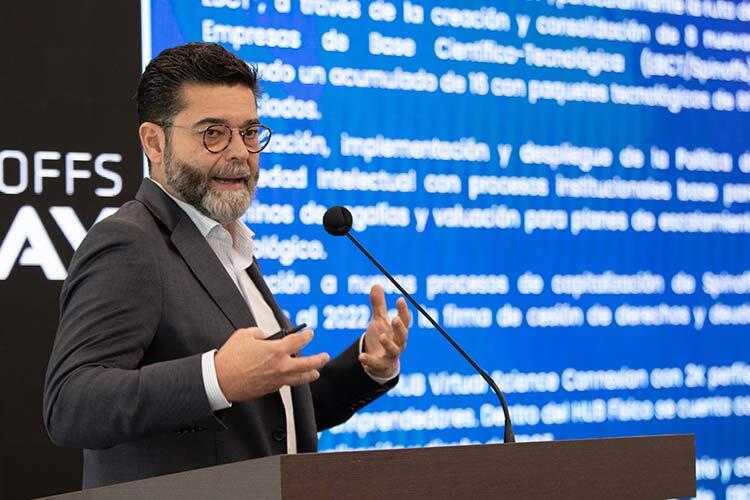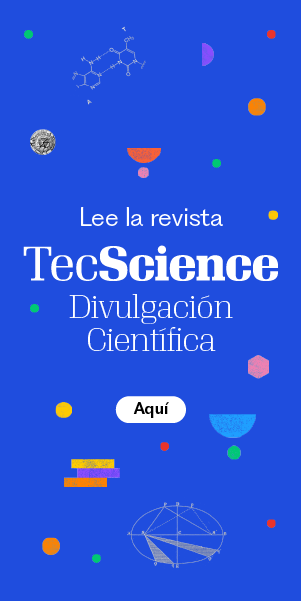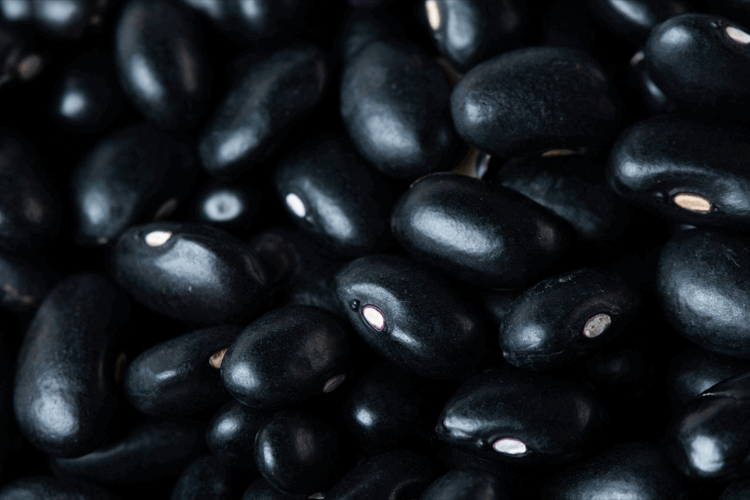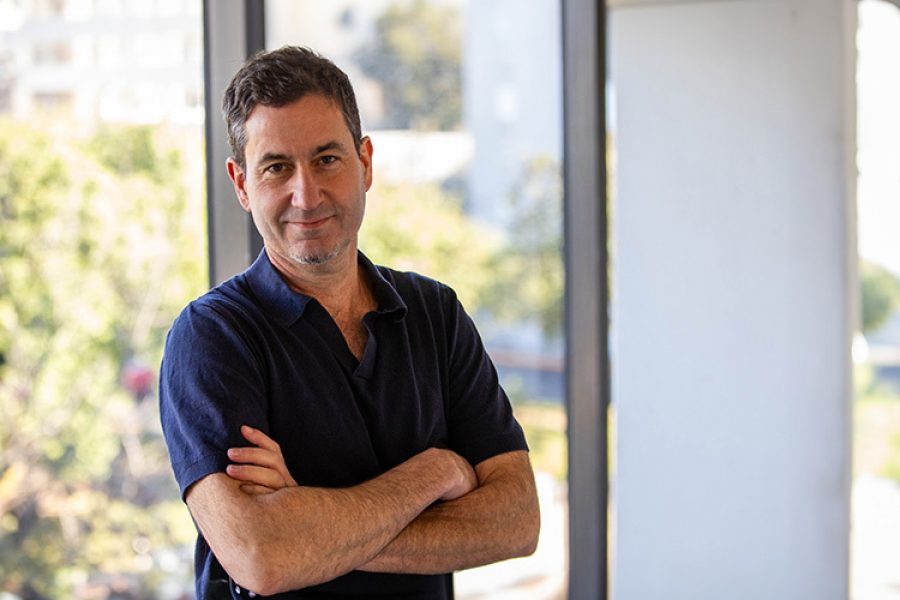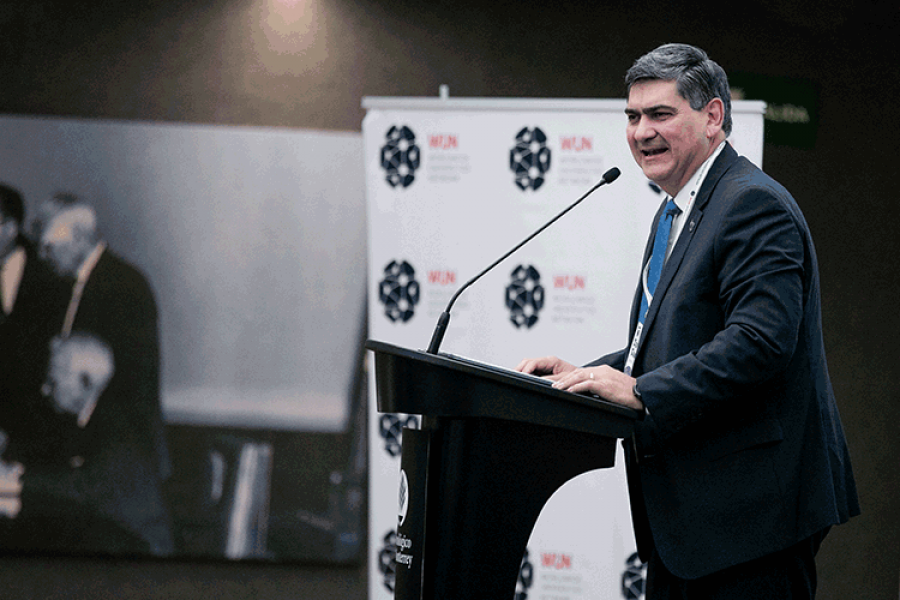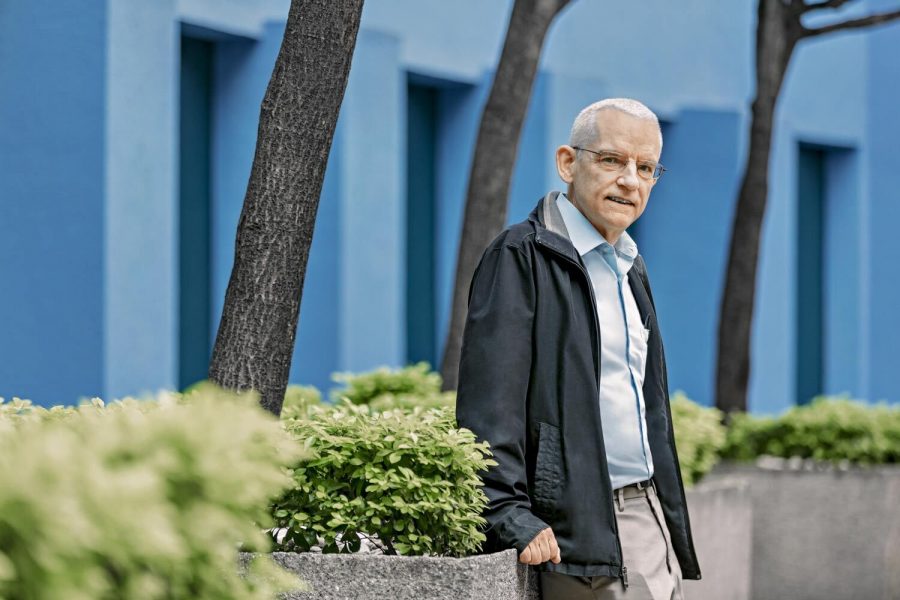In the arid region of northern Mexico, specifically in Monterrey city, three researchers have created a project centered around food, seeking to preserve traditional recipes, establish urban gardens, teach disadvantaged communities to cook healthily, and create sustainable green areas.
The project, entitled Creating a Virtuous Food Cycle in Monterrey, Mexico, seeks to recover traditional recipes and adapt them to a modern context in a healthy way.
These recipes will be redesigned and taught by local chefs in pop-up restaurants in economically disadvantaged communities so that residents can access them, learn how to cook them, and serve their community members healthily and cheaply.
The project also intends to build urban gardens so that people living in these areas can learn to grow their own food, economize, and improve their health by consuming less processed meals.
These spaces also attempt to promote sustainability because they are green areas that prevent deforestation, attract local species, minimize flood risk, reduce heat, and help reduce carbon emissions.
The project’s leaders are Rob Roggema, a distinguished professor in Regenerative Cultures, Aleksandra Kristikj, a research professor at the School of Architecture, Art, and Design, and Ana Elena Mallet, a distinguished professor and specialized curator in modern and contemporary design.
These researchers explained that their primary objective is to combine previously unrelated research areas to build a project that gives nutritious food options to people in vulnerable neighborhoods.
Issues around access to healthy food
The initiative on the virtuous circle of food began as a response to an uncertain future. Temperatures are anticipated to rise by more than two degrees Celsius by 2050, rainfall will decrease, and drought will affect food supply and quality.
A loss of food heritage has also contributed to a rise in the consumption of processed foods, such as fast food, rather than home-cooked meals or traditional recipes.
As a result, the quality of some foods has declined, making them less nutritious and more expensive, restricting people from getting healthy and cheap food.
Furthermore, the Organisation for Economic Cooperation and Development (OECD) estimated in 2020 that 73% of the Mexican population was overweight. Combined with obesity, this leads to illnesses such as diabetes and hypertension.
What’s more, several food supply systems were disrupted during and after the pandemic, which inspired the researchers to work on a project that addresses food system issues, generates social justice, and provides people in need with access to healthy food.
Before starting the research, the first stage was to analyze different fields that are generally treated individually and combine them into a single project to build a virtuous circle around food.
The search for traditional recipes
The professors’ research results will be applied in a space called Los Pinos, which is located in the vulnerable neighborhood of La Campana in Monterrey, where various regenerative programs have been implemented.
Their first stage is to preserve local traditional recipes, which are typically retained by older people who have passed them down from generation to generation and are part of UNESCO’s designation of Mexican food as an Intangible Cultural Heritage.
“Many of the older people we ask for traditional recipes live in disadvantaged neighborhoods. We can use the project to return those dishes to vulnerable communities,” Roggema says.
These dishes are examined to determine their nutritional value and identify common ingredients such as corn, rice, beans, chicken, and beef, as well as other fruits, vegetables, and regional foodstuffs from northern Mexico.
The recipes will be created following the suggestions of nutrition experts such as the EAT-Lancet Commission on Food, Planet, and Health.
The project is going to include the participation of chefs such as Adrián Herrera of Fonda San Francisco, Guillermo González of Pangea restaurant, and Hugo Guajardo of Vernáculo restaurant.
These chefs have experience working with local ingredients and are in charge of adjusting recipes to regional settings and the availability of particular foods to each location, in this case, the Monterrey metropolitan area.
Communities building their urban gardens
The next stage is to build urban gardens in or near vulnerable neighborhoods to guarantee not only the use of local ingredients but also allow locals to work in these gardens and learn ways to grow their own food.
According to the Food and Agriculture Organization of the United Nations (FAO), encouraging urban horticulture in developing cities doubled people’s consumption of vegetables while lowering the associated expenses by 20 to 60 US dollars.
The project also aims to involve children and young people in these areas, encouraging them to develop an interest in careers such as chefs, restaurateurs, and other food-related jobs.
Community members are going to manage the urban gardens, ensuring that no fertilizers, pesticides, or herbicides are used and that no polluted water will be utilized for irrigation.
Food harvested from these gardens will be preserved in a rented warehouse specifically intended for this purpose, which chefs and cooks will be able to access whenever they need.
As part of the project, these locations will be used as cultural and artistic hubs to strengthen community and social relationships.
“These urban gardens promote social inclusion and community cohesion by providing a space for people of different ages and cultural backgrounds to meet and collaborate,” Aleksandra adds.
According to Rob Roggema, the project’s final and most essential stage is to deliver healthy food to the same people that generated the healthy recipes and cultivated the organic ingredients.
This is where pop-up restaurants come into play. These spaces are dedicated to teaching the community how to cook healthy meals using ingredients from the urban garden.
The pop-up restaurants are intended to be community gathering places, open spaces for art and culture, and, most importantly, places where the community can sit down and enjoy a traditional, healthy, and affordable meal.
“The project has great social benefits by bringing people together around food and promoting the celebration of the diversity of Mexican ingredients and dishes,” concludes Roggema.

